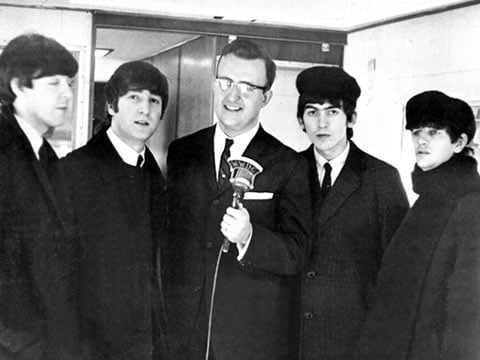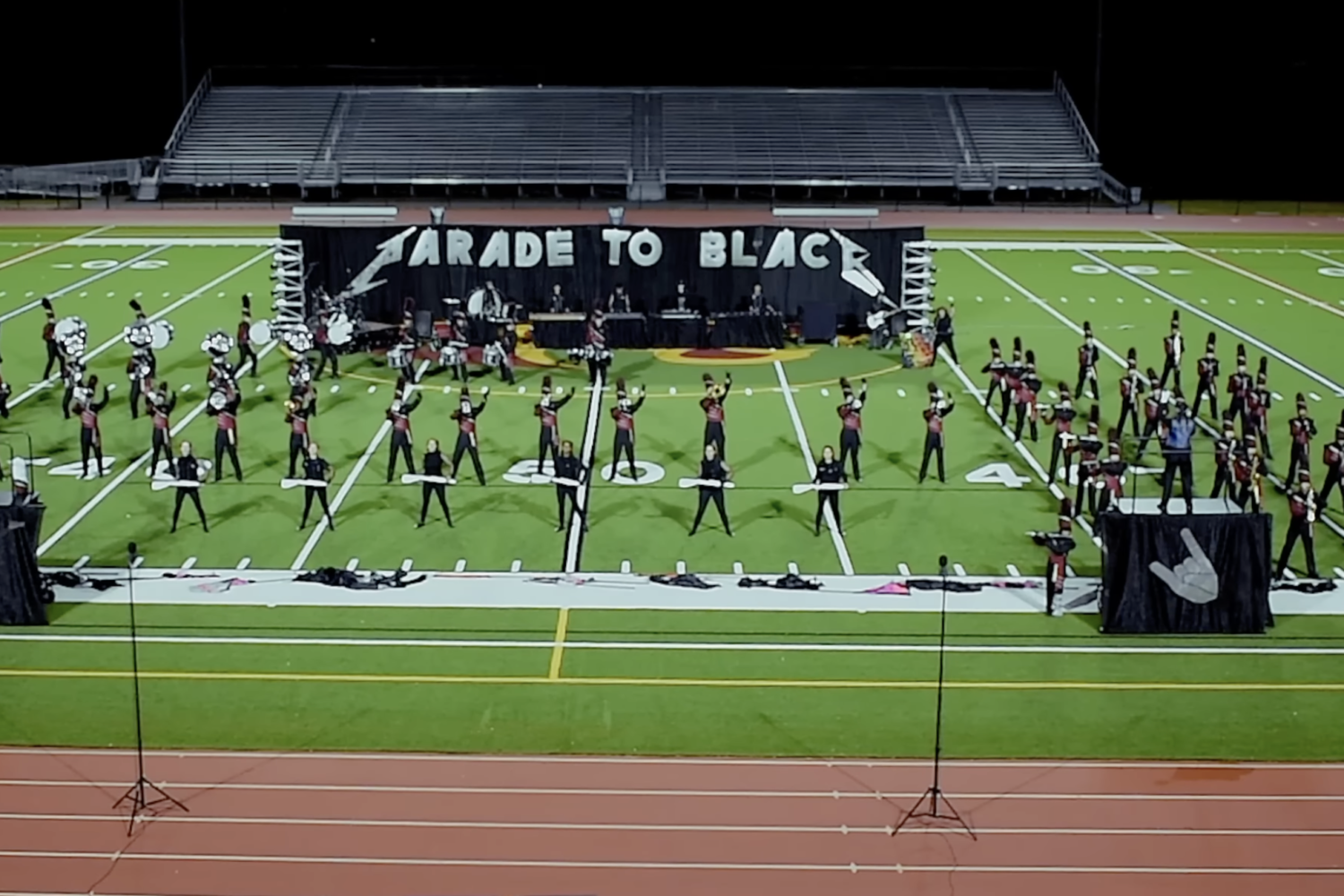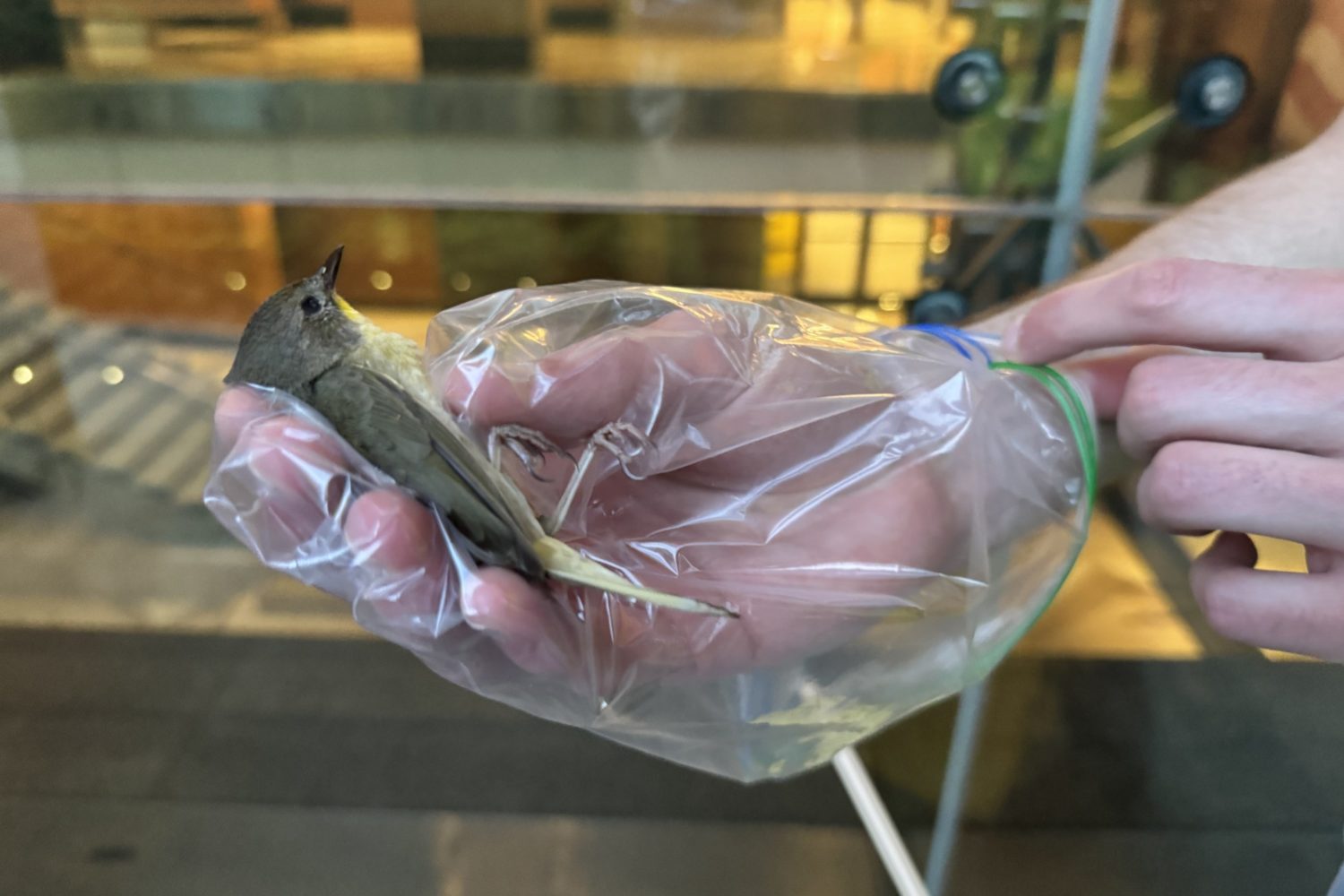It was Deep Throat’s last gasp. During the first week of November 1973, Bob Woodward wrote in All the President’s Men, Deep Throat advised him that “one or more of the tapes contained deliberate erasures.”
Just after the 2005 revelation that Felt was Deep Throat, Dean succinctly stated the problem: “How did Felt, no longer in the FBI, get information that ‘one or more of the tapes contained deliberate erasures’?” By November, Dean was no longer in the White House. If Dean told Felt of the “deliberate erasures,” then Dean must have gotten the information from someone still inside the White House.
An analysis I conducted of the 18½-minute gap indicates that it comprises three sets of erasures. To analyze the gap, I obtained a digital copy of the erasures from the National Archives, a tape recorder of the type used to make them, and audio-analysis software available on the Internet. The gap consists of three segments. The first 275-second segment contains loud buzz, the next 767-second segment contains soft buzz, and the final 69-second segment again contains loud buzz.
I found one simple but significant problem with the scientific analysis of the 1970s. The misinterpretation of a single mark on the tape had resulted in a misunderstanding of the cause of the loud and soft buzzes. It’s clear that, properly interpreted, the loud and soft buzzes varied with the wall socket the tape recorder was plugged into when the erasures were made. The circuitry in White House secretary Rosemary Woods’s office caused a loud buzz, while the circuitry elsewhere caused a soft buzz. Therefore, the loud-buzz segments were erased in Woods’s office.
Woods admitted erasing the initial 4½ minutes of the gap in her office on October 1, 1973. White House lawyers entered Woods’s office on the evening of November 1, 1973 and retrieved her tape recorder and the tape, and a White House lawyer extended Woods’s erasures by nearly 13 minutes. The lawyers then returned the recorder and tape to Woods’s office. Woods didn’t know that the tape erasures now measured 17½ minutes, but the White House lawyers did.
Ever watch your opponent move a chess piece but not really know why until later? On November 2, 1973, John Dean, unprompted, suddenly admitted to prosecutors that he had destroyed the Howard Hunt notebooks. It was an astonishing admission. Dean hadn’t mentioned destroying the notebooks in either his extensive interactions with prosecutors or in his Senate testimony. His admission cleared his former deputy, Fred Fielding, still in the White House at the time, of any involvement with the Hunt notebooks. Any mention of them on the tape likely would have implicated both Dean and Fielding in obstruction of justice. Thus the 13-minute erasure and Dean’s unprompted admission.
On November 3, panicked White House lawyers flew to Key Biscayne, Florida, to advise President Nixon to resign. Washington Post reporter Carl Bernstein’s inquiries about “deliberate erasures” incited Woods to check the tape on November 6, 1973. Woods was stunned to find a 17½-minute erasure. Shortly thereafter, she erased the final minute of the now 18½-minute gap, thereby eliminating any mention of Watergate on the tape.

















